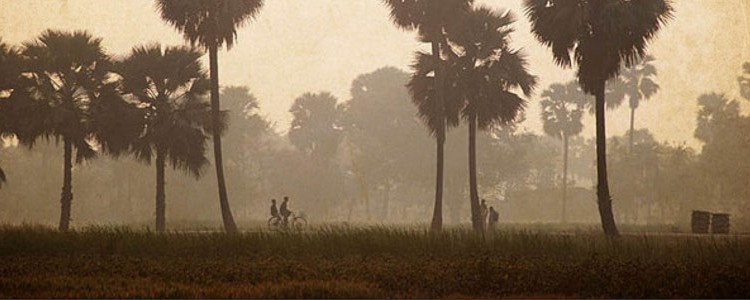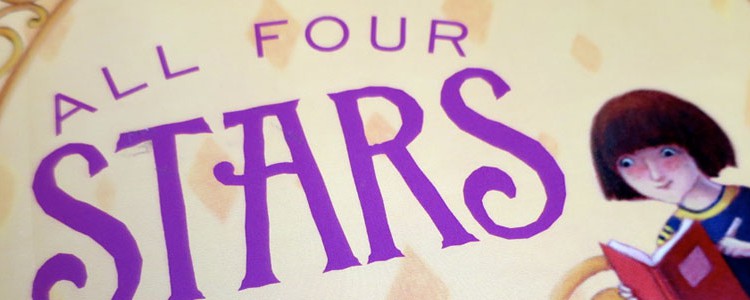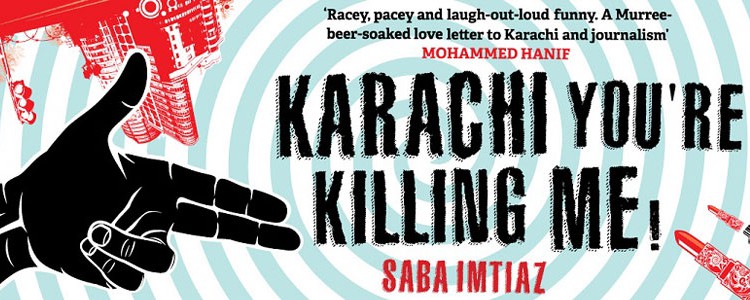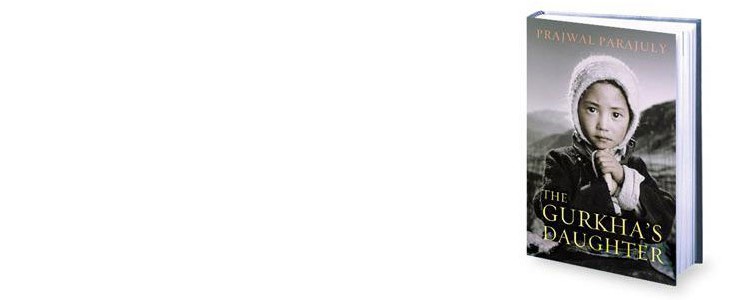Eimear McBride, “A Girl is a Half-formed Thing”
 Oh my God I’m heartily sorry for having offended thee and I detest all my sins because I dread the loss of heaven and the pains of hell but most of all because they offend thee my God who are all good and deserving of all my love I firmly resolve with the help of thy grace to confess my sins to do penance and to amend my life.
Oh my God I’m heartily sorry for having offended thee and I detest all my sins because I dread the loss of heaven and the pains of hell but most of all because they offend thee my God who are all good and deserving of all my love I firmly resolve with the help of thy grace to confess my sins to do penance and to amend my life.
Life. Death. Amend your death. Amen. I go in. Is there any chair for me? No one. Holy sitting next to thee. And I. Excuse me. Move out of my way I’m. My brother. I get there. That one. Give me his chair. Thanks she says to him. I say nothing. Don’t dare look at me. ( p.186)
Bailey’s Women Prize for Fiction 2014 was won by Eimear McBride for A Girl is a Half-formed Thing. The story is narrated by a young girl. She has an older brother who has been diagnosed with brain cancer. They are being brought up by their devout Catholic Irish mother. Their father has abandoned the family. The narrator and her brother are very close to each other. The story is also about the narrator’s relationship with her uncle, who rapes her when she is 13. It is also about her sexuality ( not necessarily promiscuous), tenuous relationship with her mother, but also about the tussle of a teenager with her Catholic upbringing.
It is a very powerful novel. But it is not at all surprising to hear that it took nearly a decade for Eimear McBride to find a publisher. It is an experimental novel, not necessarily in the content but the form of storytelling it adopts. The sentence structure mimics the Irish lilt; the best way to read the novel is in one fell swoop, preferably reading it out aloud. Listen to Eimear McBride reading an extract from it: https://www.youtube.com/watch?
It was Eimear McBride’s good fortune that she had bookseller Henry Layte believe in her book. She showed him the manuscript at his Book Hive bookstore. Her novel had been rejected umpteen times by publishers. A decade. Then she showed it to Henry Layte, for his newly established indie press, Galley Beggar Press. ( http://www.thebookseller.com/news/bookseller-henry-layte-discovering-mcbride.html ) He liked the experimental novel and decided to publish it. According to The Bookseller report of 6 June 2014, “Galley Beggar Press, formed by Layte and two of his bookshop customers, Guardian books journalist Sam Jordison and his wife, writer Eloise Millar, was established to “publish titles with potential that bigger publishers have shied away from taking a risk on.” From this perspective, A Girl Is a Half-Formed Thing was bang-on brief.” This was in 2010. On 17 March 2014, it was announced that Faber&Faber would partner with Galley Beggar to publish the mass market paperback edition of the novel. By then the novel had won the inaugural Goldsmiths Prize and the Kerry Prize, it was shortlisted for the inaugural Folio Prize and Desmond Elliot Prize too. After the Irish author won the Bailey Prize, Faber announced it would be publishing 25,000 copies.
A novel worth reading, if you have the appetite for experimentation.
Here are some links worth viewing:
https://www.youtube.com/watch?
http://www.theguardian.com/
Eimear McBride A Girl is a Half-formed Thing Faber & Faber, London, 2014. Pb. pp. 210. Rs. 450.
24 June 2014



















